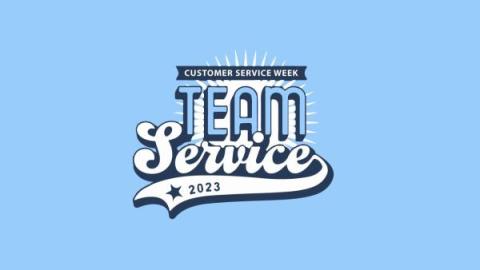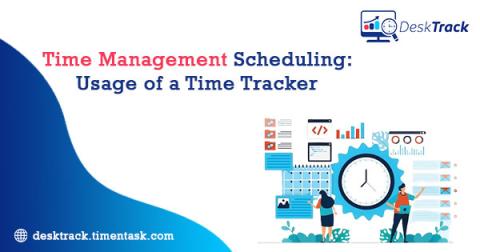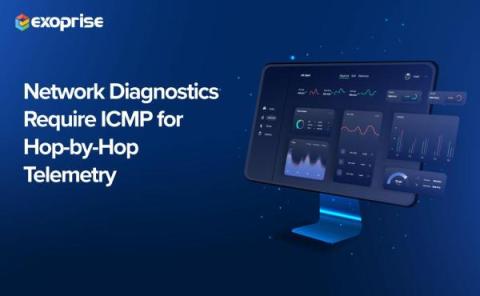Teams | Collaboration | Customer Service | Project Management
%term
10 lessons to unlearn for better communication at work
The Efficacy Of Productivity Analytics For Hybrid Workforces
Globally, a staggering 16% of the workforce has embraced remote work freedom. The traditional office-based 9-to-5 model has given way to a new paradigm in a rapidly evolving work landscape. Whereas an even more significant 62% have opted for the hybrid work approach, a blend of in-office and remote work. With this seismic shift, the need to evaluate and maximize productivity within hybrid workforces has never been more critical.
Time Management Scheduling: Usage of Time Tracker
Unleash Your Team's Potential in a Fast-Paced World
ICMP Required for Traceroute and Network Diagnostics
As previously detailed on the Exoprise blog, the ICMP (Internet Control Message Protocol) is crucial for troubleshooting, monitoring, and optimizing network performance in today’s Internet-connected world. Despite historical security concerns, disabling ICMP is unnecessary and hampers network troubleshooting efforts. Modern firewalls can effectively manage the security risks associated with ICMP.
Why and how to measure employee satisfaction
We all know the famous saying: “What gets measured gets managed.” But resources are finite, so you can only monitor KPIs (Key Performance Indicator) for some things in your business. You need to choose what gets measured and what gets managed wisely. This article will argue that employee satisfaction is one of the most critical metrics. And that any business looking to grow and satisfy its customers should be measuring it as a priority.
Channels in Slack | Discover a new way of working
Master Remote Working: 10 Productivity Hacks That Work
In the digital age where location no longer ties us to an office, the rise of remote working is an incontrovertible reality. A recent study by Upwork suggests that by 2025, an estimated 22% of the workforce in America will be working remotely—an 87% increase from the pre-pandemic era. The rise of this trend represents an exciting shift towards a flexible and accommodative work culture. However, working remotely comes with its unique set of hurdles, notably staying productive.
9 Service Desk Features That Will Boost Your ESM Strategy
Enterprise Service Management (ESM) is a powerful and dynamic approach that empowers organizations to streamline support processes and elevate employee experience. As such, implementing an ESM strategy is paramount to remain competitive and align service delivery with overarching company goals. Because the key concepts of this practice build on IT Service Management (ITSM) principles, the tools adopted were originally designed for this field.











